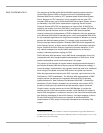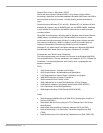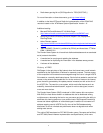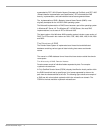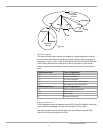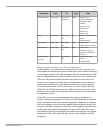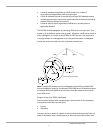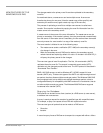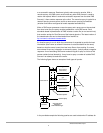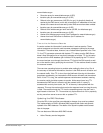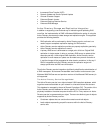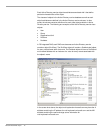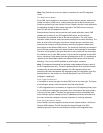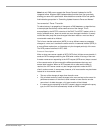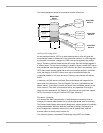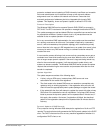
or a successful response. Resolvers typically make recursive queries. With a
recursive query, the DNS server must contact any other DNS servers it needs to
resolve the request. When it receives a successful response from the other DNS
Server(s), it then sends a response to the client. The recursive query is typical for a
resolver querying a name server and for a name server querying its forwarder
(another name server configured to handle requests forwarded to it).
When a DNS server processes a recursive query and a query can not be resolved
from local zone files, the query must be escalated to a root DNS server. Each
standards-based implementation of DNS includes a cache file (or root server hints)
that contains entries for Root Servers of the Internet domains. The latest version of
the named cache file can be downloaded from InterNIC at
ftp://rs.internic.net/domain/named.cache
.
An iterative query is one in which the name server is expected to provide the best
information (also known as referral if the server is not authoritative for the name)
based on what the server knows from local zone files or from caching. If a name
server doesn’t have any information to answer the query, it simply sends a negative
response. A non-forwarding DNS server makes this type of query as it tries to find
names outside its local domain(s). It may have to query a number of outside DNS
Servers in an attempt to resolve the name.
The following figure shows an example of both types of queries.
Name Server
""
Name Server
(root-server)
whitehouse.gov
Name Server
gov
Name Server
Resolver
gov
whitehouse
www
iterative queries
recursive query
client asks for IP
address for
www.whitehouse.gov
2
3
4
5
6
7
81
In the provided example the following queries are used to determine IP address for
Windows 2000 White Paper
9



